
There is no previous post
Previous Post
Next Post
There is no next post
Encouraging people to use public transit and boost ridership
Comfort Increases Ridership
When passengers feel comfortable, they're more likely to choose the bus, boosting ridership and improving the overall perception of public transport. In larger Canadian cities like Toronto, Vancouver, and Montreal, transit is often seen as a practical and efficient solution due to high demand and congestion. However, in smaller cities, transit can sometimes carry a stigma of being a "low-income" option, which may discourage its use.
Encouraging Greener Choices
As cities push for greener solutions and aim to reduce carbon emissions, it’s essential to make public transit more appealing to those who typically drive. Encouraging car users to switch to public transportation can significantly reduce the overall carbon footprint and improve air quality in urban areas.
By investing in modern electric buses that are clean, quiet, and comfortable, cities can make transit feel like an upgrade rather than a compromise. Features like Wi-Fi, comfortable seating, and climate control are essential for improving the passenger experience.
Karsan eJEST: Practical and Comfortable
Reduce Underutilization with Mini Buses
For example, the Karsan eJEST offers a practical solution for passengers with strollers or seniors, providing easy access and comfort. With its low-floor design, the eJEST ensures smooth boarding, eliminating the hassle of steps and providing a stress-free ride. When combined with well-planned routes and short wait times, the eJEST becomes an ideal choice for families or seniors, offering accessibility and convenience. Additional features like Wi-Fi and USB charging also add to the appeal for modern passengers.
To ensure cost-effective service, cities need to track capacity utilization. Mini buses like the eJEST perform better than larger buses in low-density areas, reducing underutilization and operational costs.
Park-and-Ride Systems for Suburban Areas
In suburban or low-density areas, where cars are the primary mode of transportation, cities can implement park-and-ride systems. This allows drivers to park in designated areas and use public transit for the remainder of their journey, particularly in congested urban centers where parking is expensive or difficult to find. This system makes the transition easier for drivers who aren’t ready to give up their cars entirely.
In less populated areas, public transit may be less frequent or reliable, leading residents to rely on cars. Offering on-demand electric buses like the eJEST can fill this gap, providing an efficient, flexible solution that encourages more people to switch to transit without sacrificing convenience.
Enhancing Convenience with Contactless Payments
Improving convenience through contactless payments further enhances the transit experience, allowing passengers to pay fares using smartphones, cards, or smartwatches. This speeds up boarding times and improves overall service efficiency.
On the operational side, real-time data management helps transit agencies manage everything from fleet operations to passenger flow, ensuring smooth and reliable service.
To learn more about these innovative solutions, reach out to Damera!










.svg.avif)











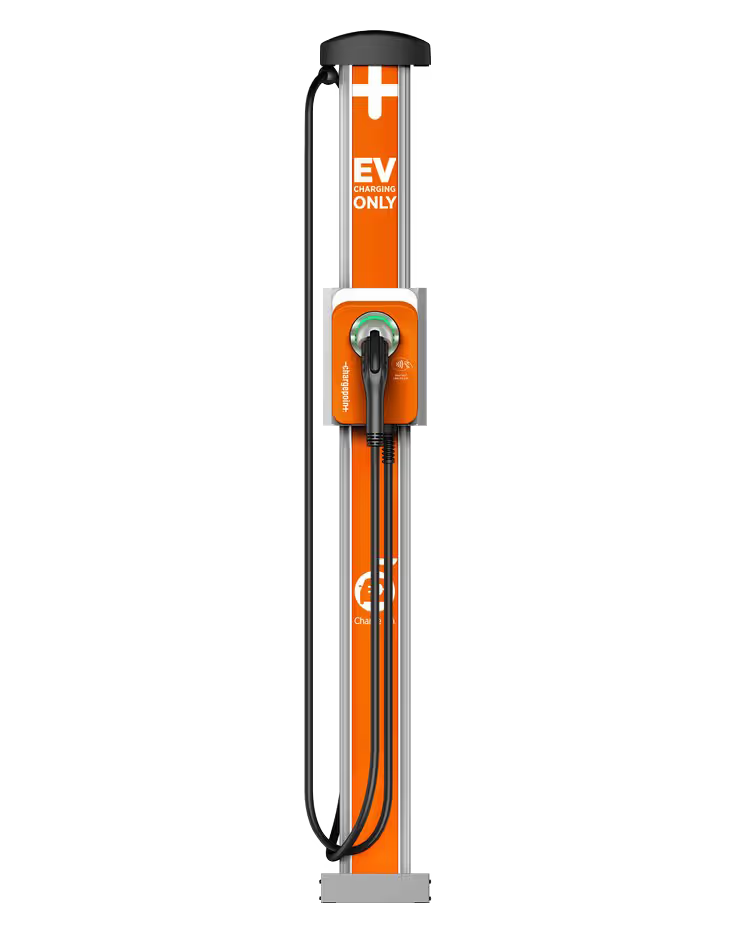





-p-500-p-500.avif)






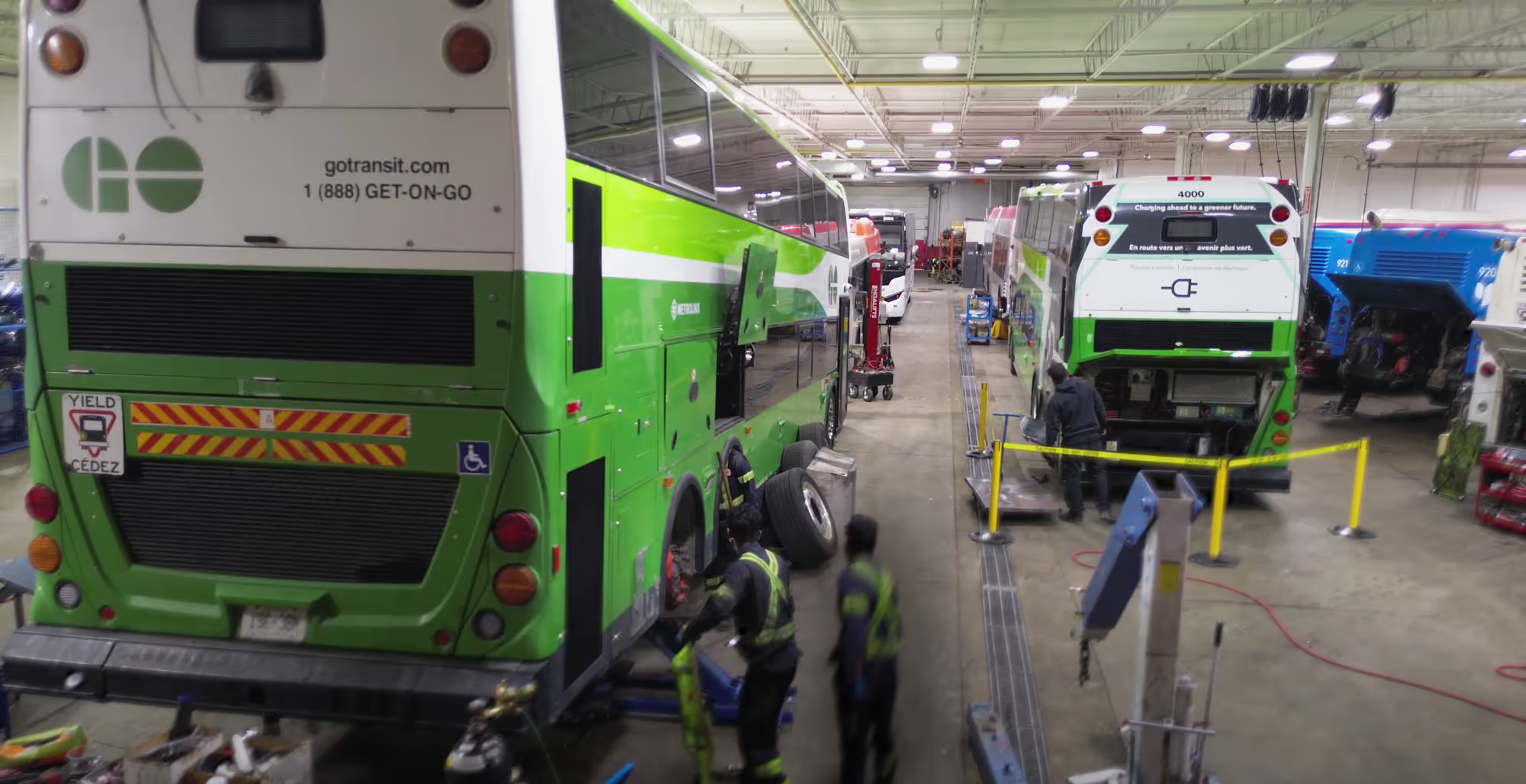





.svg)






















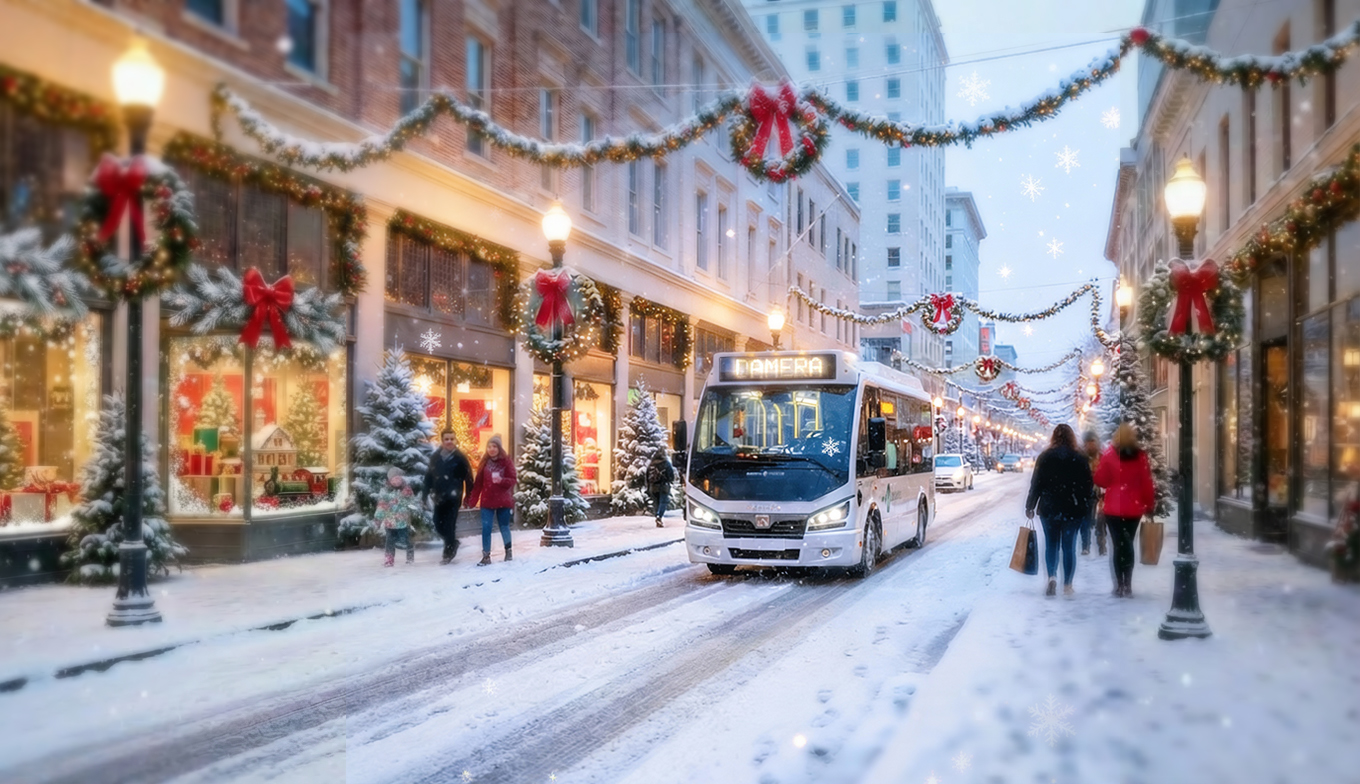


.jpeg)


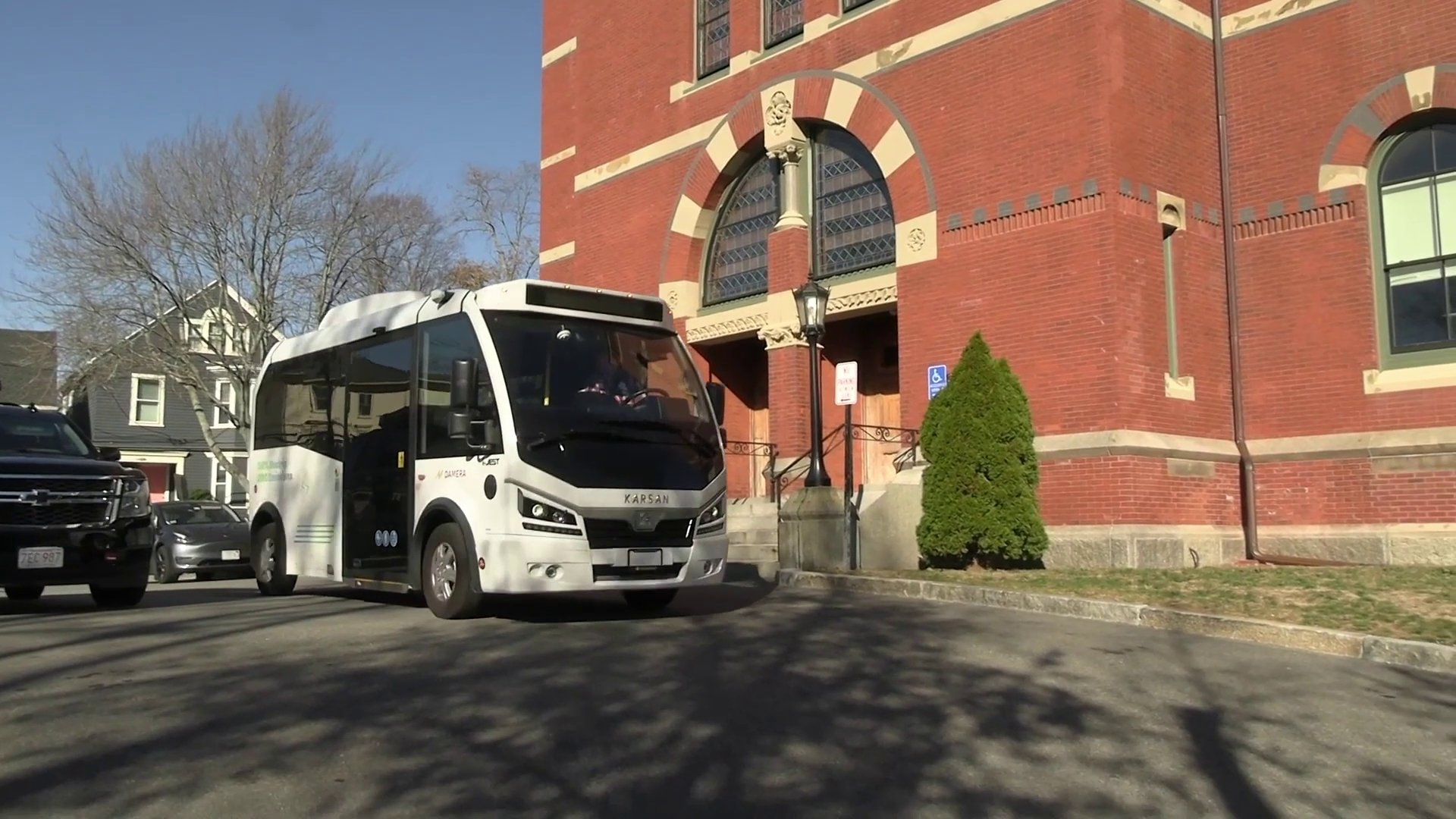
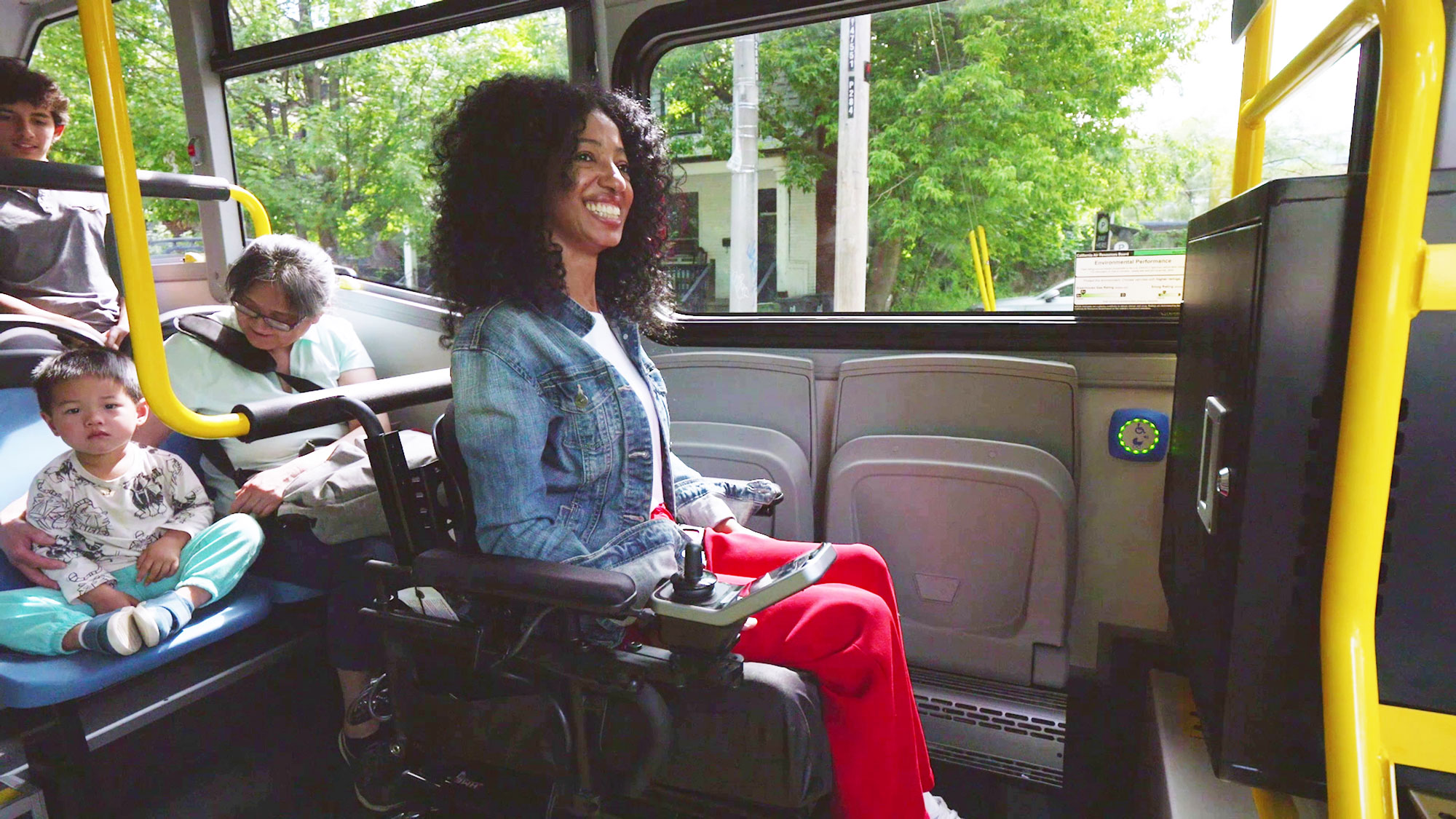
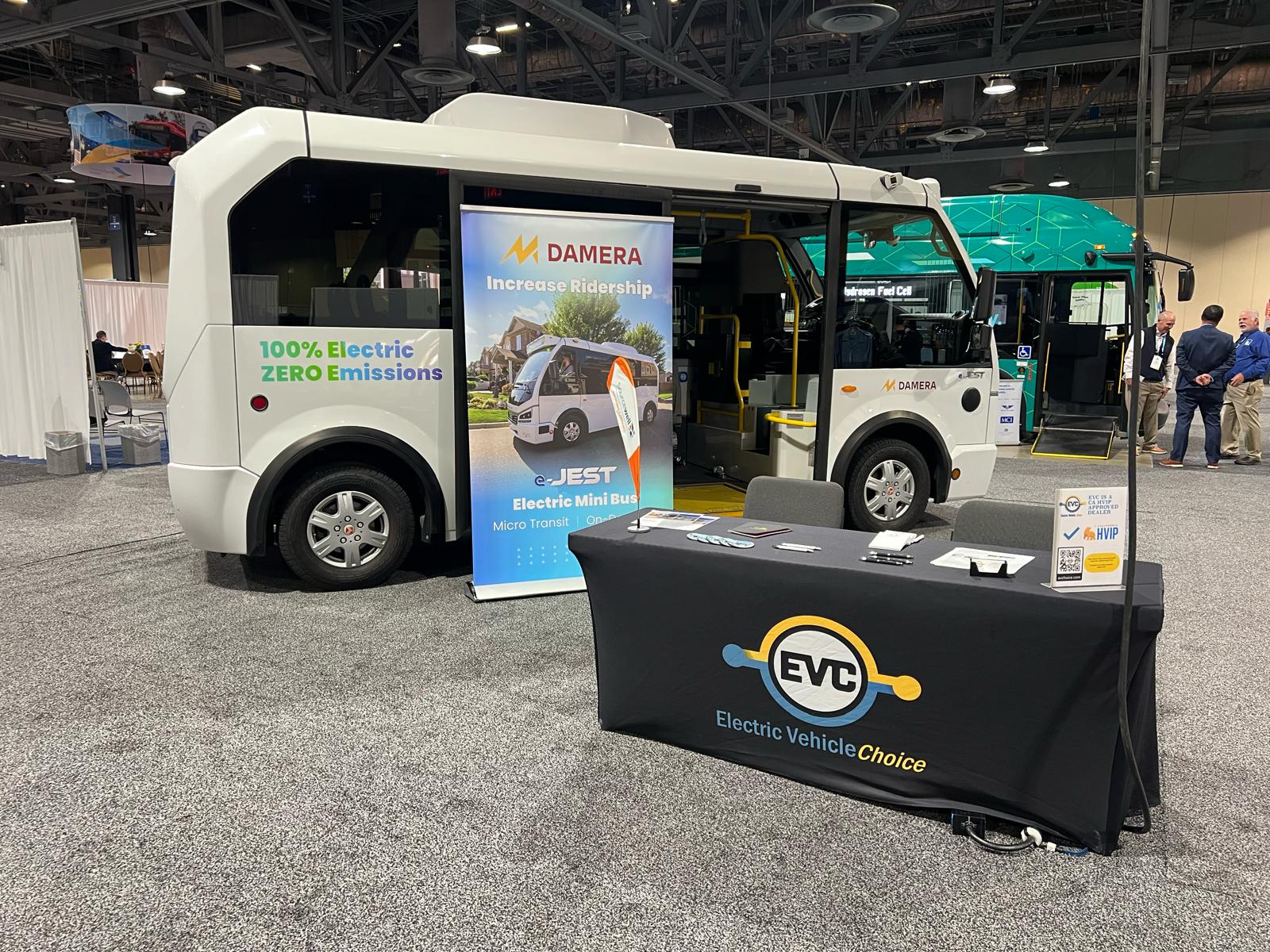
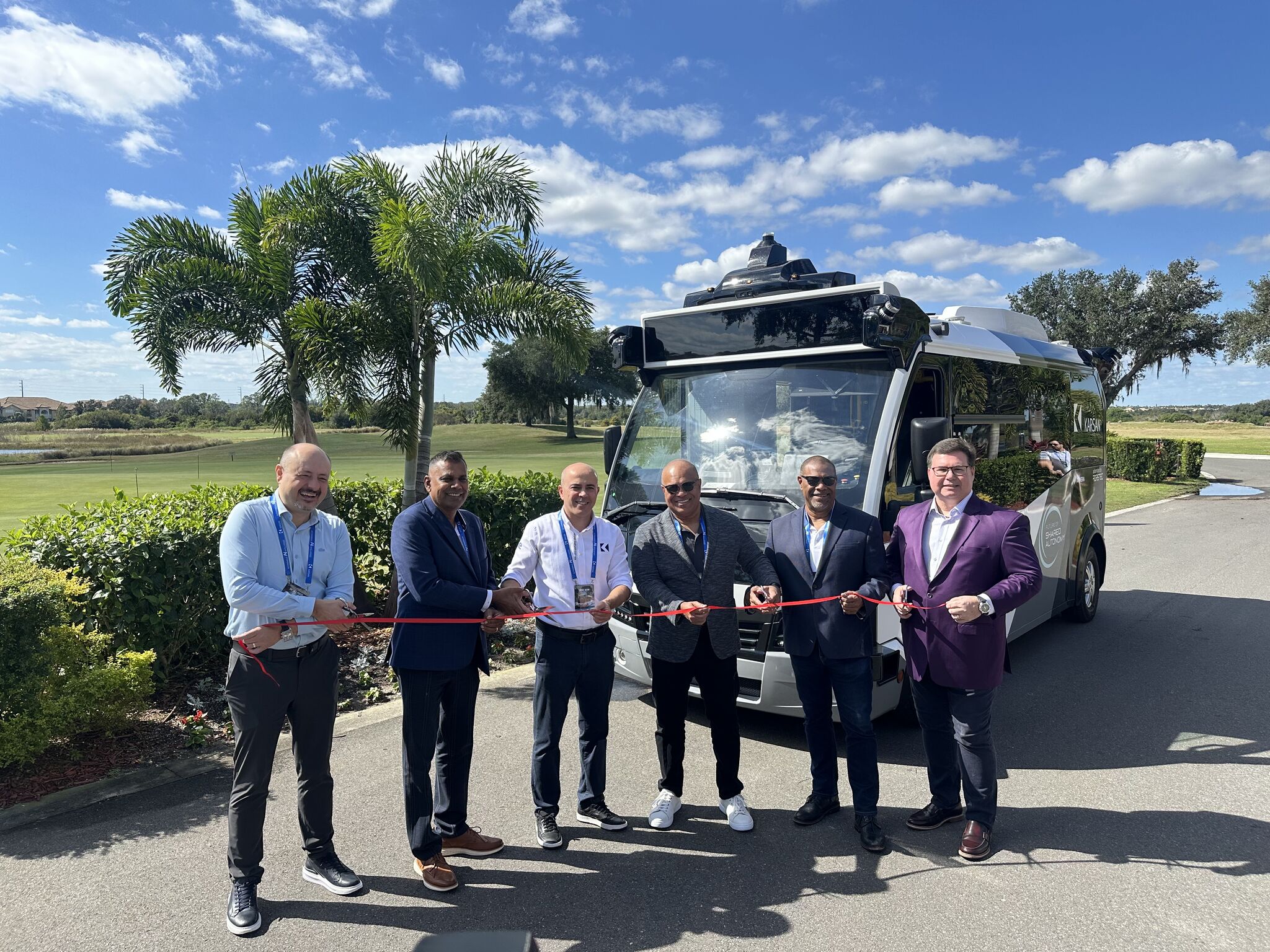

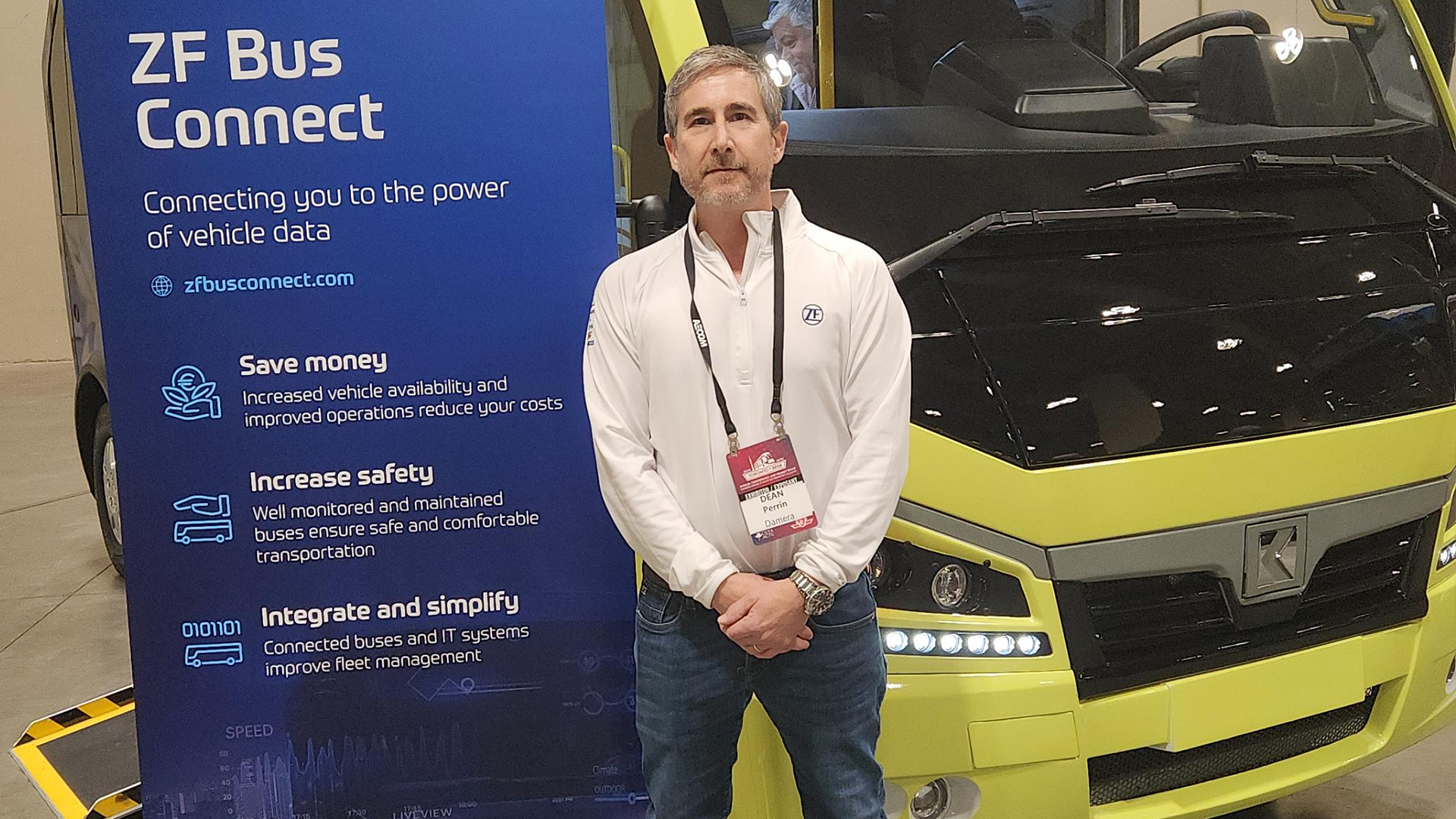


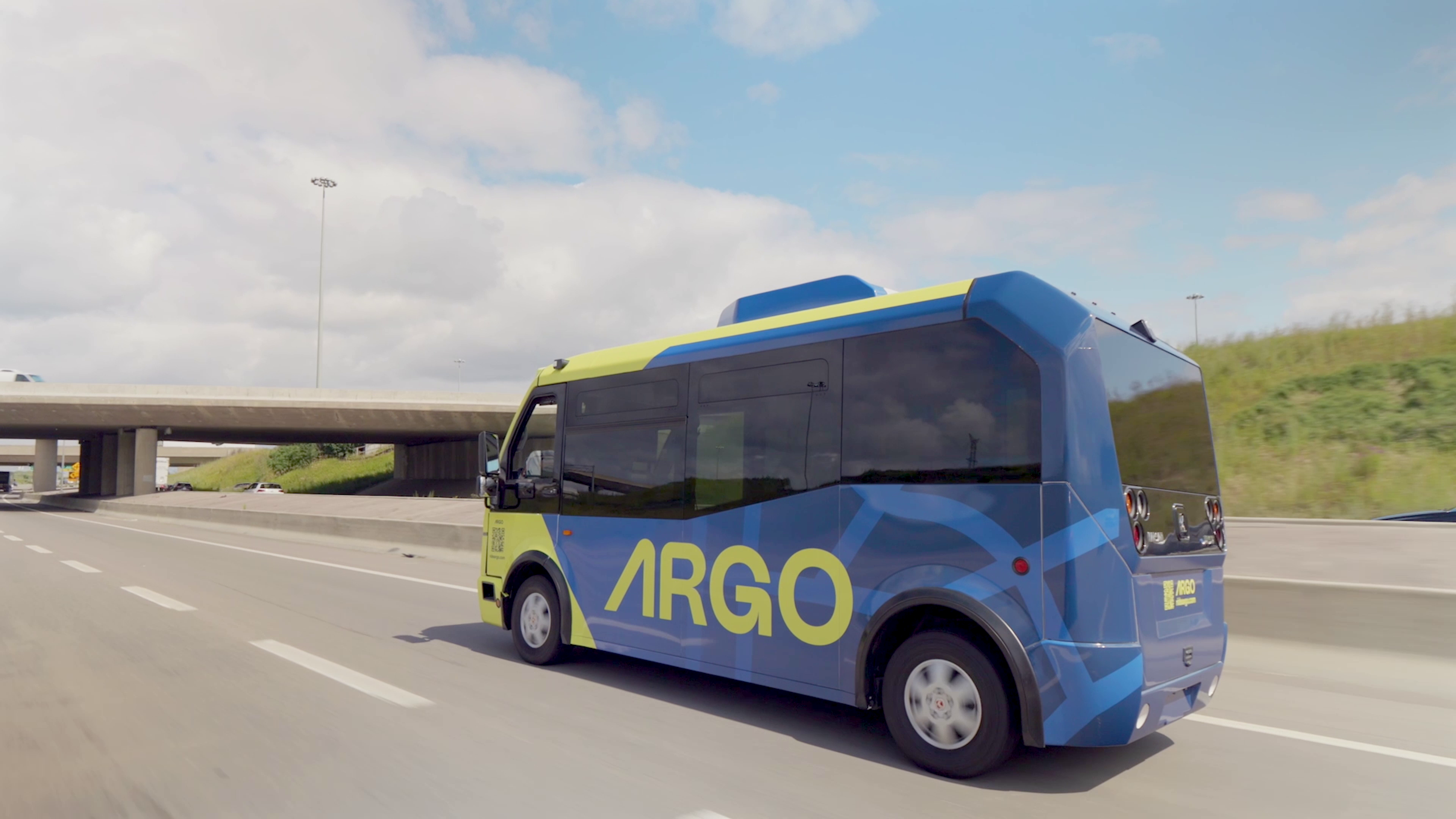
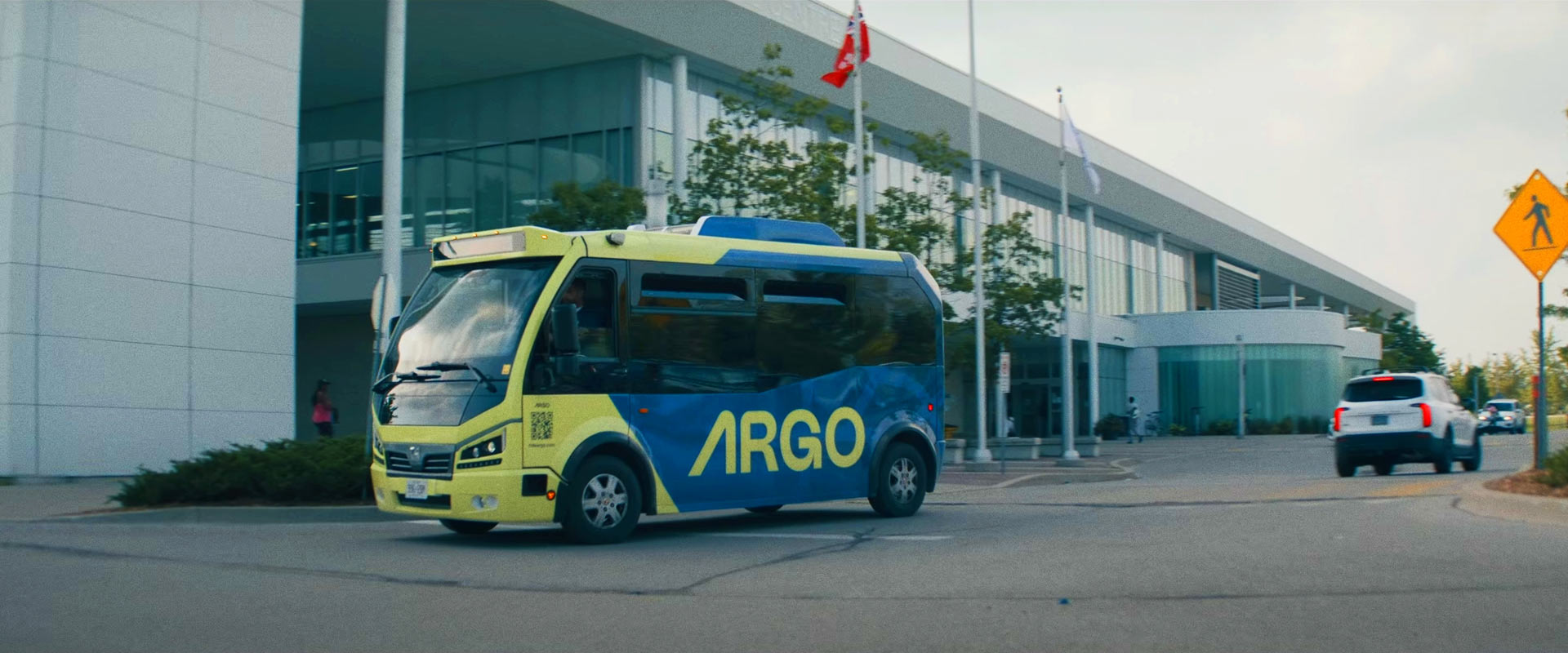

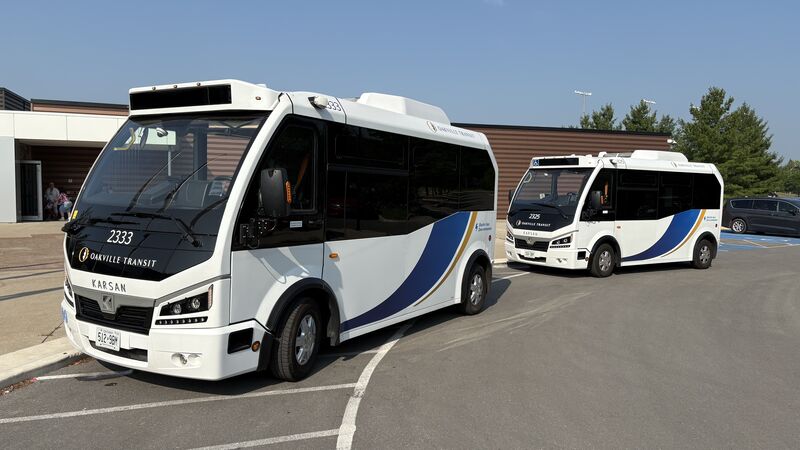
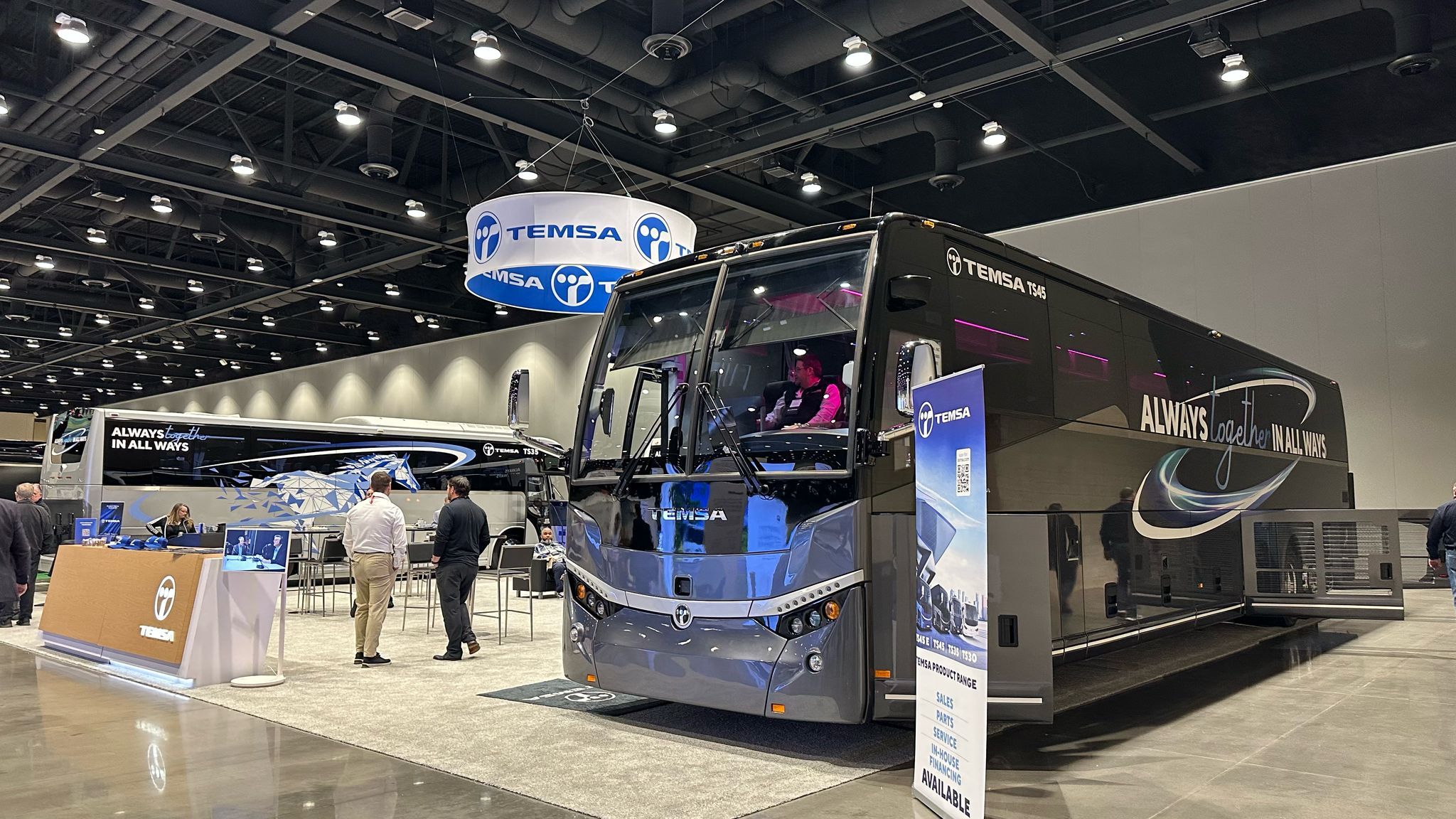





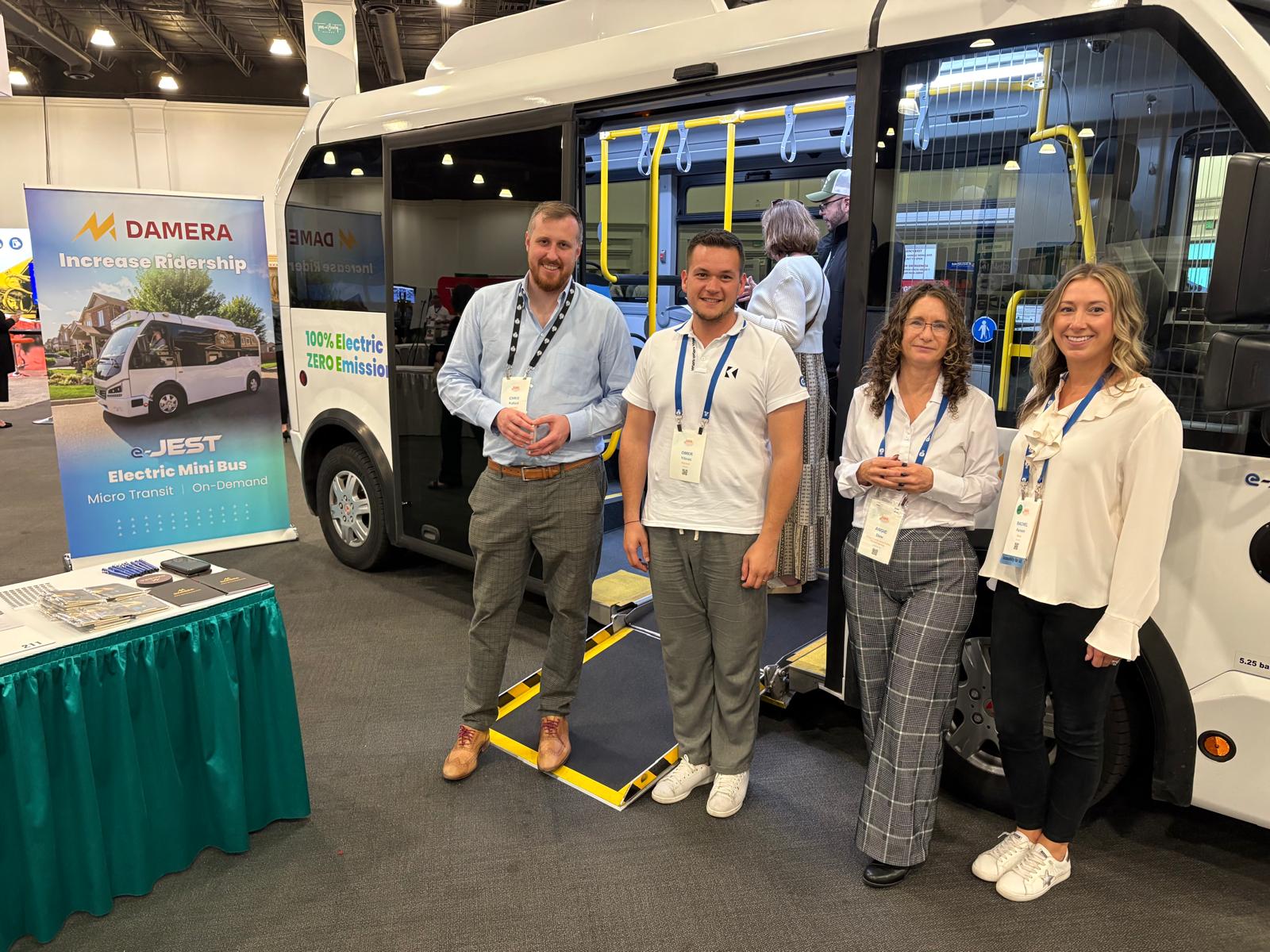























.jpeg)





















.jpg)










